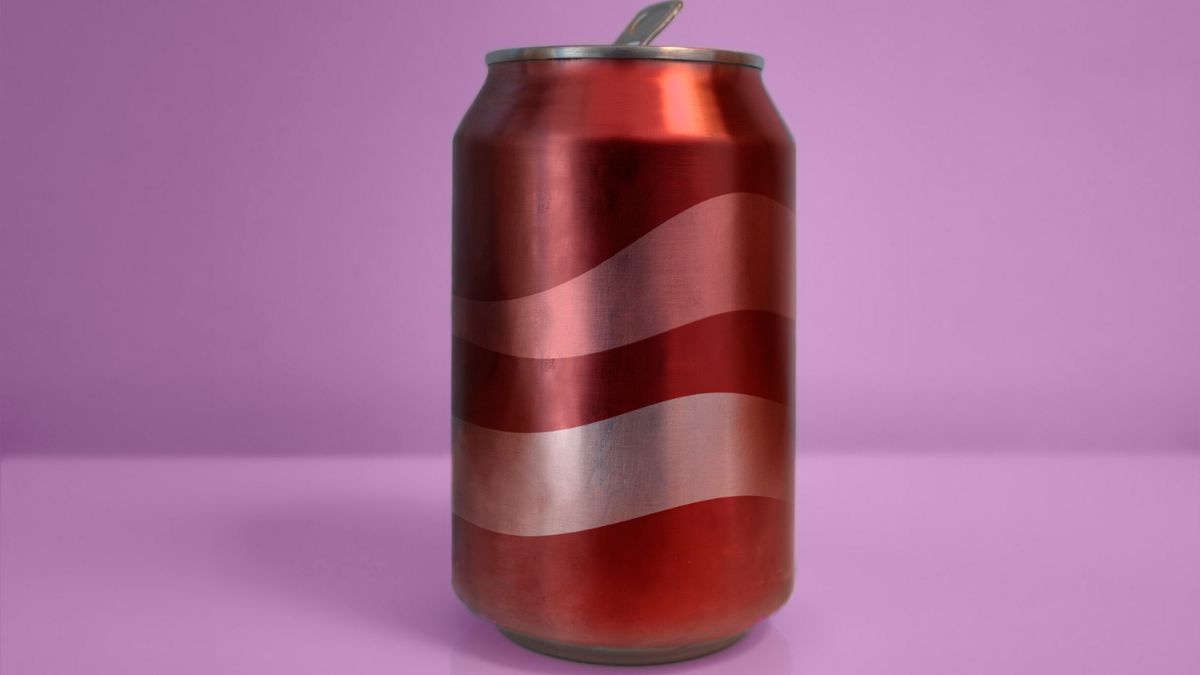Welcome to the fascinating world of soda cans! Have you ever stopped to wonder how those shiny aluminum containers magically hold your favorite fizzy drinks? In this behind-the-scenes look, we’ll explore the history, composition, fabrication process, and even the innovative designs that make soda cans both functional and stylish. Get ready to dive into the exciting journey of how these iconic beverage containers are made. So sit back, relax, and let’s crack open a can of knowledge on soda cans!
Table of Contents
History of Soda Cans
Soda cans have come a long way since their inception in the 20th century. From heavy steel containers to today’s lightweight aluminum marvels, they have revolutionized the beverage industry. The evolution of soda cans reflects advancements in technology and consumer convenience over the years.
Standard sizes
Soda cans come in various standard sizes to cater to different preferences and needs. The most common sizes include 12 oz, 16 oz, and 24 oz. These standardized sizes make it convenient for consumers to choose the right amount of soda they desire without any confusion.
Composition
Soda cans are typically made of aluminum, a lightweight and durable material that’s perfect for containing carbonated drinks. The inside of the can is lined with a special coating to prevent any interaction between the drink and the metal, ensuring the beverage maintains its freshness and taste.
Fabrication process
The fabrication process of soda cans involves shaping aluminum sheets into cylinders, trimming the edges for a precise fit, and welding or sealing the seams. After forming the can body, it goes through washing, coating, printing with designs or labels, and finally baking to cure the ink and create a durable finish.
Filling cans
Once the cans are fabricated, they move on to the filling stage. This is where the soda or other beverages are poured into the cans in a precise and efficient manner to ensure each can contains the correct amount of liquid before being sealed for distribution.
Opening mechanisms
Soda cans come with various opening mechanisms for convenience. From the traditional pop-tab to the stay-on-tab, wide mouth, press button can, and even resealable lids – there’s an option for everyone. These mechanisms make it easy to enjoy your favorite fizzy drinks on the go or at home.
Soda Cans Recycling
Recycling soda cans is crucial for environmental sustainability. Aluminum is infinitely recyclable, meaning it can be reprocessed repeatedly without losing quality. Recycling a single can saves energy and reduces waste. Remember to recycle your empty soda cans to help protect the planet!
Design and Collecting
The design of soda cans is carefully crafted to grab attention. Vibrant colors, logos, and images are used to make the can visually appealing. From classic designs to limited editions, each can is a work of art that stands out on store shelves.Collecting soda cans can be a fun hobby for many enthusiasts. Some collectors focus on rare or vintage cans, while others collect cans from different countries. Displaying these colorful and unique cans can add character to any collection, making it a visually appealing showcase of the history and diversity of soda packaging.
Capacity in countries
Soda cans come in various sizes to cater to different markets worldwide. The capacity of soda cans can vary from country to country, with standard sizes like 330ml and 355ml being popular in many regions. This ensures that consumers everywhere can enjoy their favorite fizzy drinks conveniently.
Pop-tab
The pop-tab, also known as the pull tab, is a small aluminum ring that has revolutionized soda can opening. Its design allows for easy access to the drink inside by pulling back the tab without needing a separate opener tool.
Stay-on-tab
The “Stay-on-tab” is a feature on soda cans that ensures the tab stays connected to the can after opening. This design innovation prevents littering and makes it easier for consumers to dispose of their cans responsibly. It’s a small but important detail in the world of packaging sustainability.
Wide mouth
The wide mouth soda can features a larger opening, making it easier to pour and drink from. This design is popular for beverages with ice or for those who prefer a wider sipping area. Wide mouth cans are convenient and provide an enhanced drinking experience for consumers.
Press button can
The press button can is a convenient innovation in soda can design. With a simple push, the lid pops open, allowing for easy access to the drink inside. This user-friendly feature has made it popular among consumers looking for quick and hassle-free refreshment on the go.
Full aperture end
The full aperture end is a type of soda can design that allows the entire lid to be removed for easy drinking. This feature provides a full opening, making it convenient to pour and enjoy the beverage without any restrictions.
Resealable lid
Soda cans with resealable lids offer convenience for those who want to enjoy their drink on-the-go without finishing it in one sitting. This innovative feature allows consumers to close the can securely, keeping the carbonation intact and preventing spills. A simple twist is all it takes to seal in the freshness until you’re ready for another sip.
Conclusion
Soda cans have come a long way since their inception in the 20th century. With their convenient packaging, wide availability, and recyclable nature, soda cans have become an integral part of our everyday lives. From the historical evolution to the modern-day production processes, understanding how soda cans are made sheds light on the intricate design and engineering behind this ubiquitous beverage container. Next time you crack open a cold can of your favorite drink, take a moment to appreciate the craftsmanship that goes into creating this simple yet essential item. Cheers to the humble soda can!









